Since I started building circuit sculptures I had in mind to create something interactive. With the don't touch anything mantra of our present time in mind I got the idea of building a piano without buttons/keys. I started by finding a suitable reflection coupler. The CNY70 works quite well since the working distance is a couple of millimeters. Then, as for the tone generating circuit, it was clear that I would use the 555. A square wave is not the most musical sound but at least the circuit is easy to build. With one for each tone it's a must that this is simple. To me a building a circuit sculpture means that the circuit doing something should be the sculpture itself, like this beautiful breathing person. Therefore using a microcontroller for generating the different frequencies was simply a no-go. I used a variable gain amplifier with the reflection coupler to imitate pressing the keys. This allows even dynamics. Here, the square wave input was advantageous because I didn't have to care about linearity. I designed the amplifier such that it saturates at some point. Finally, a simple mixer and amplifying stage.
Of course, this sounds rather simple but it took a lot of hours to complete.
The components list is for one key and the mixer/amplifier stage.
Videos of testing the prototype and of playing the CoViano are in the files section.
 MaBe42
MaBe42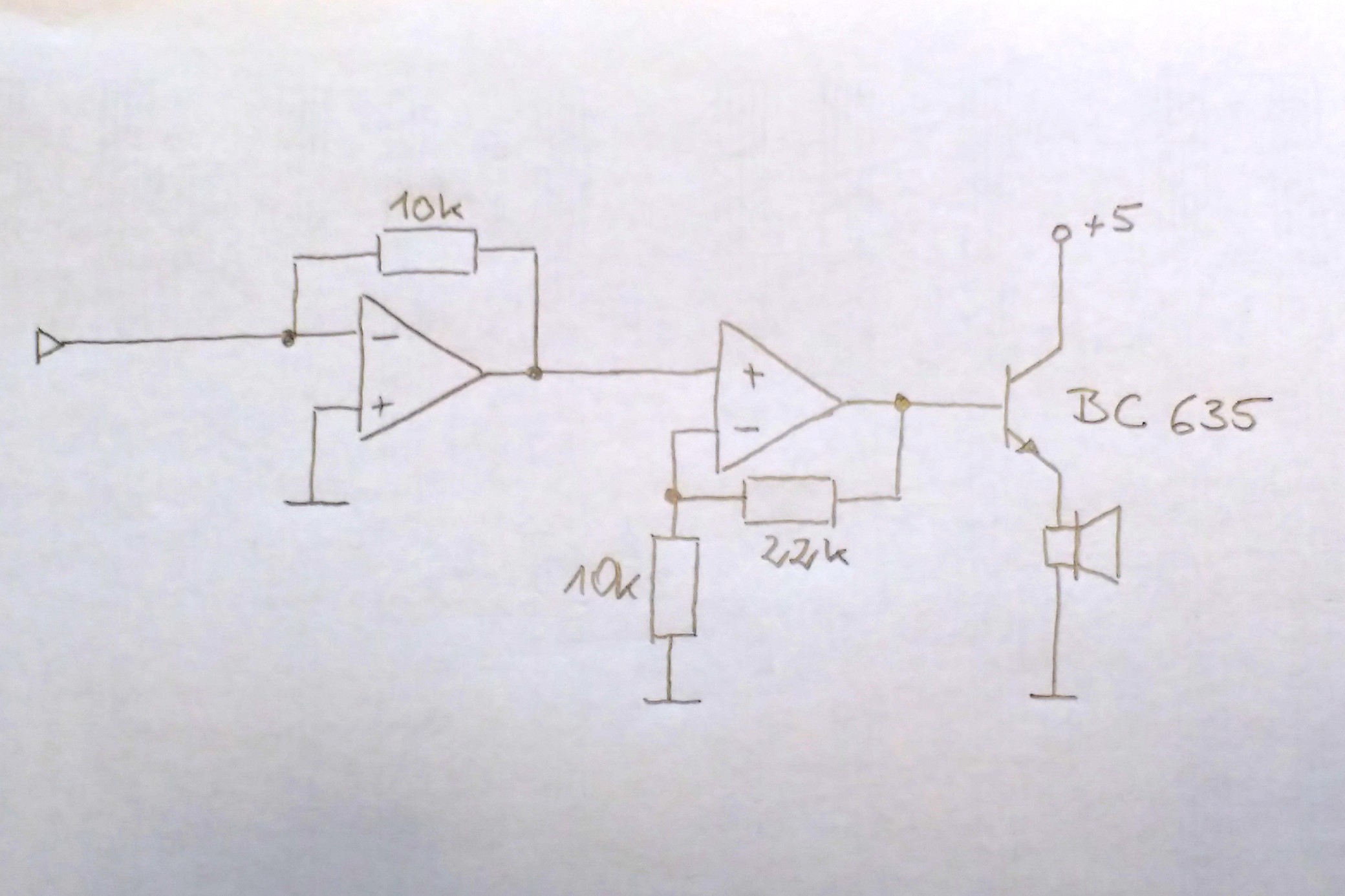
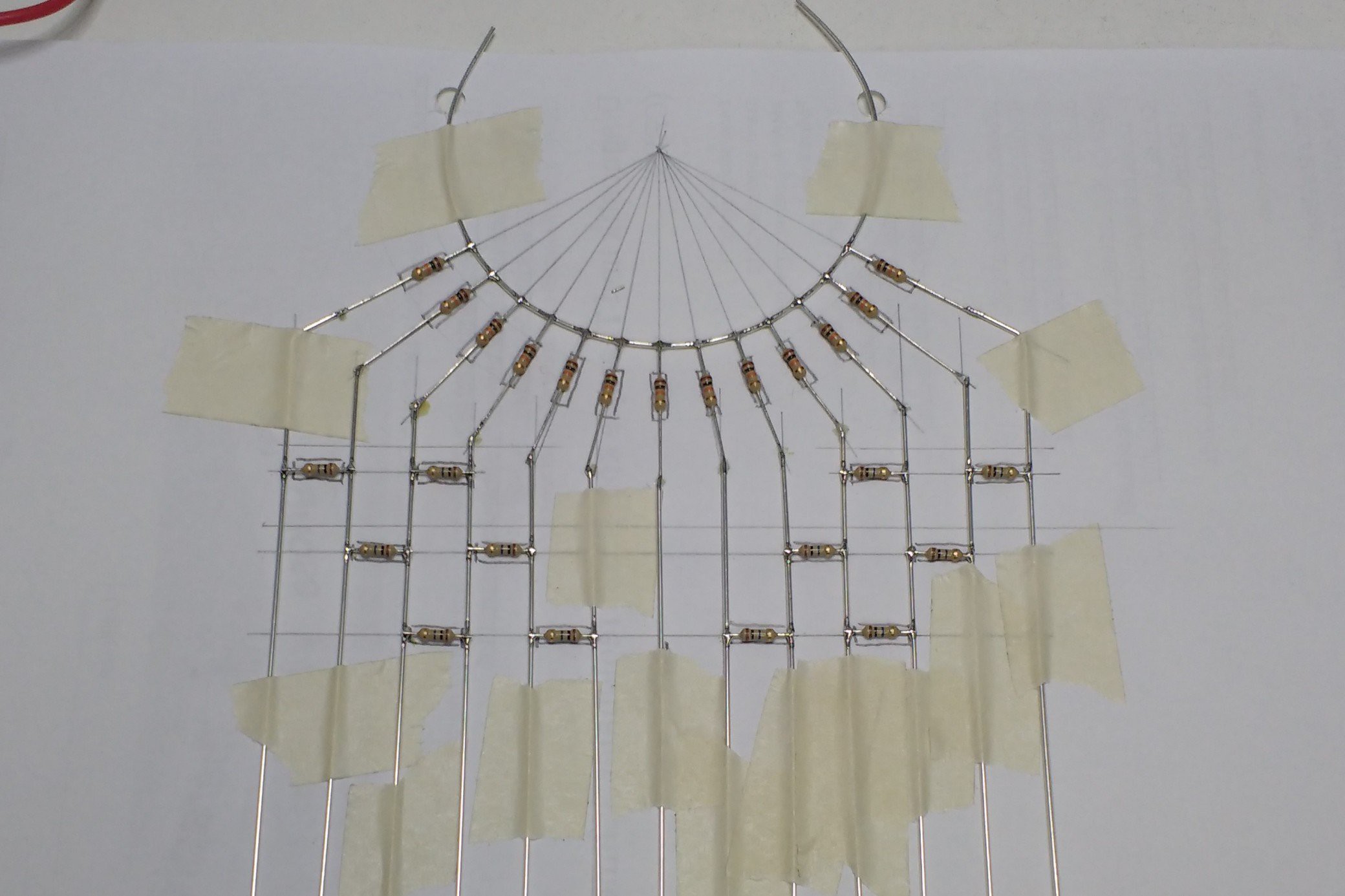
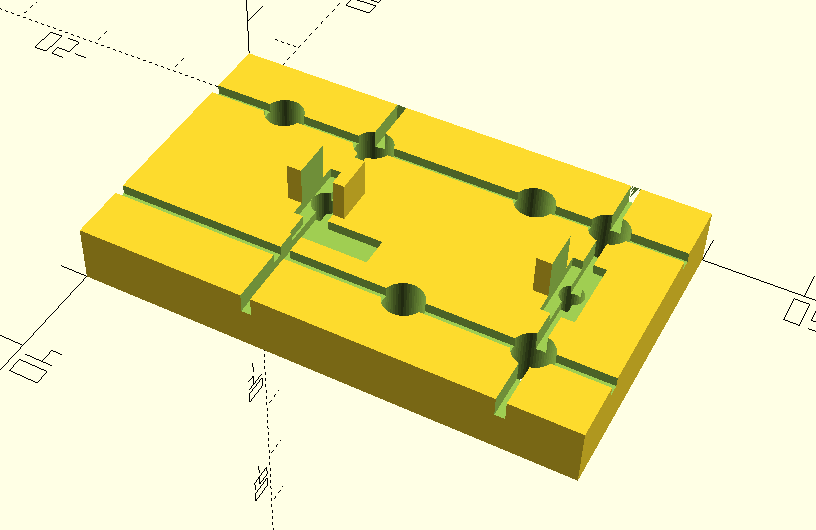
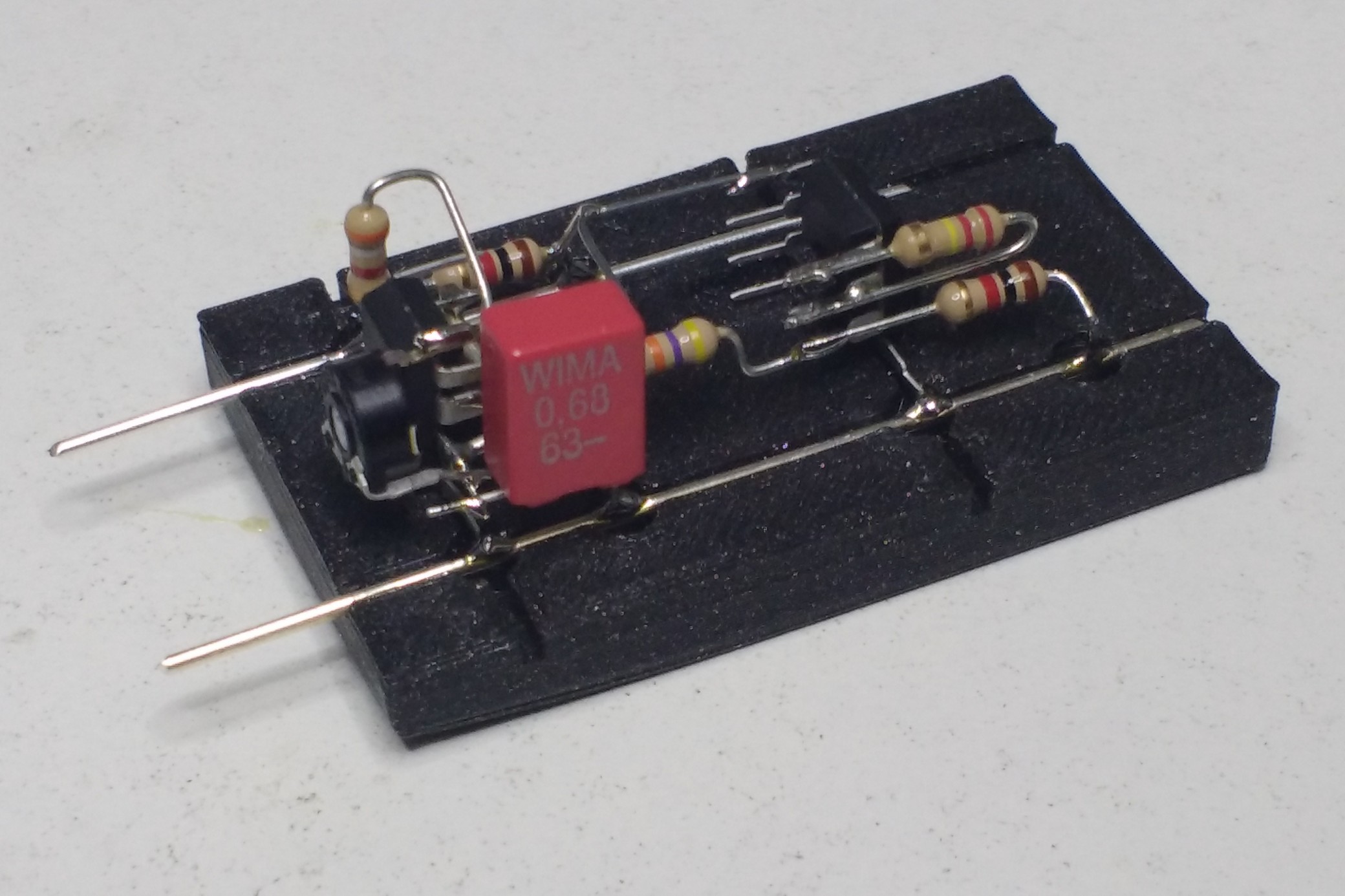
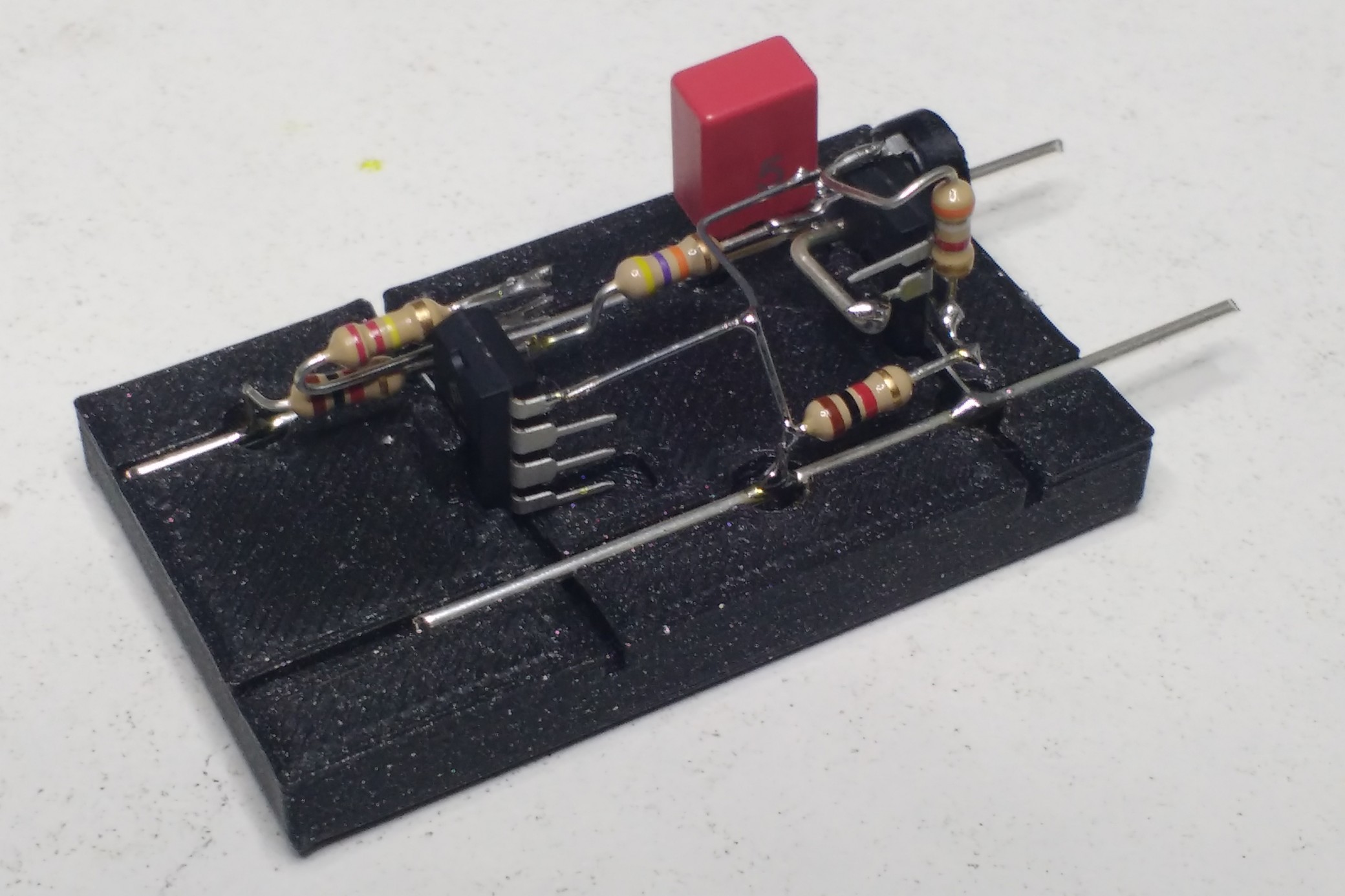

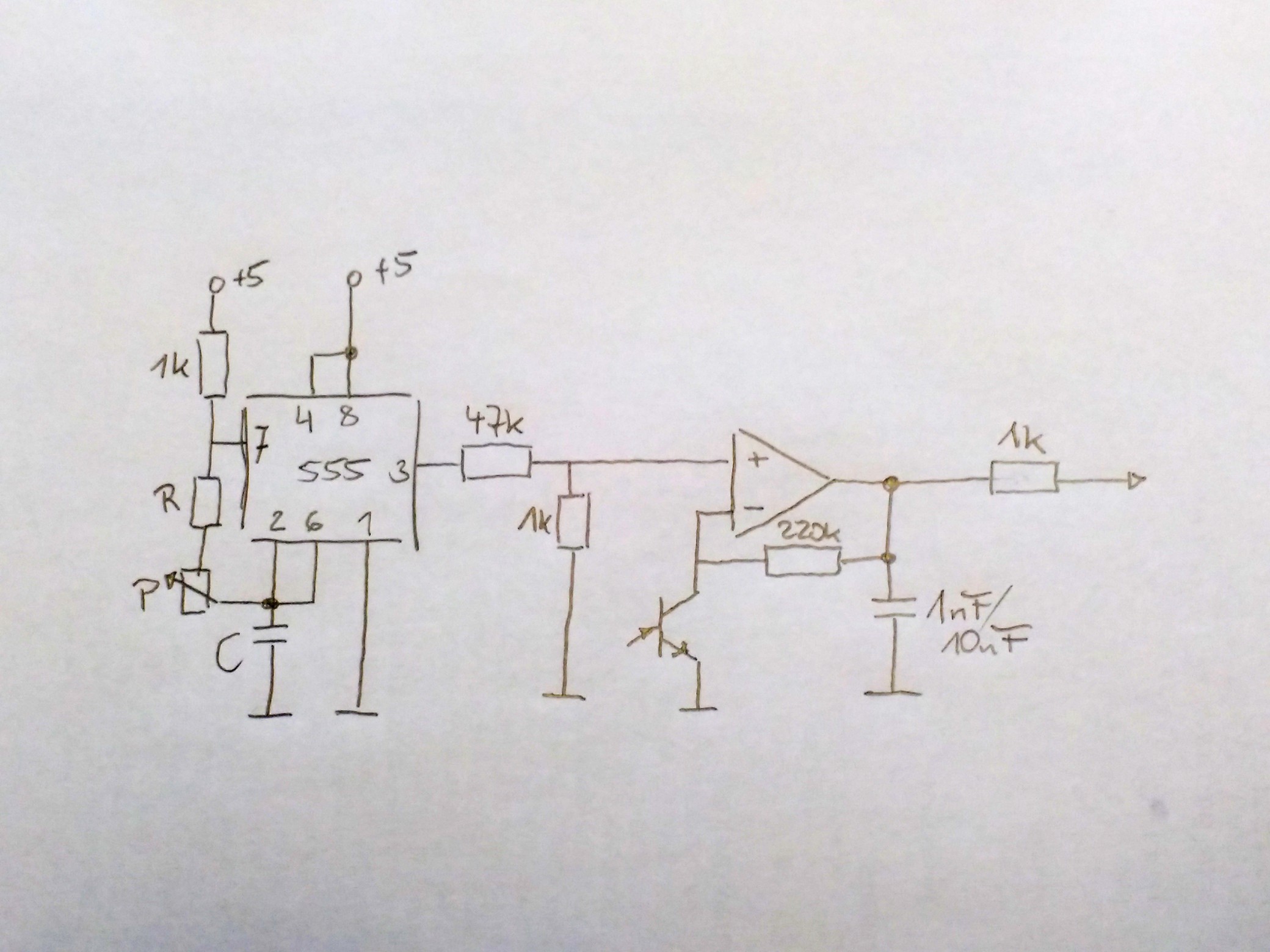
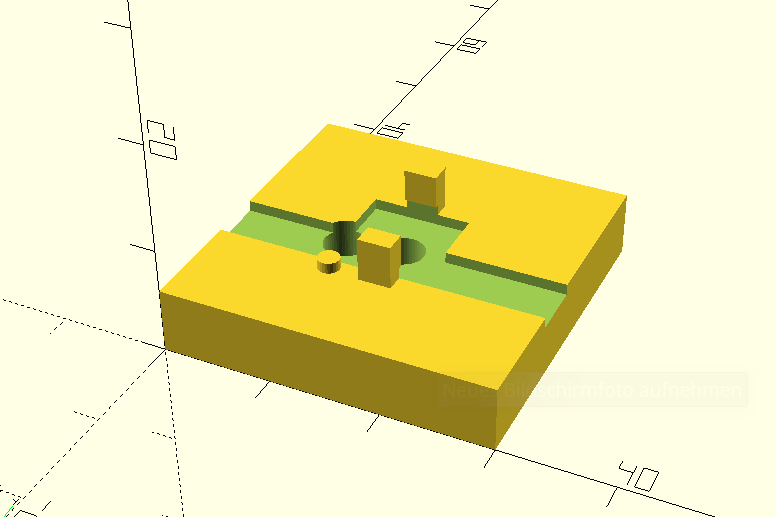
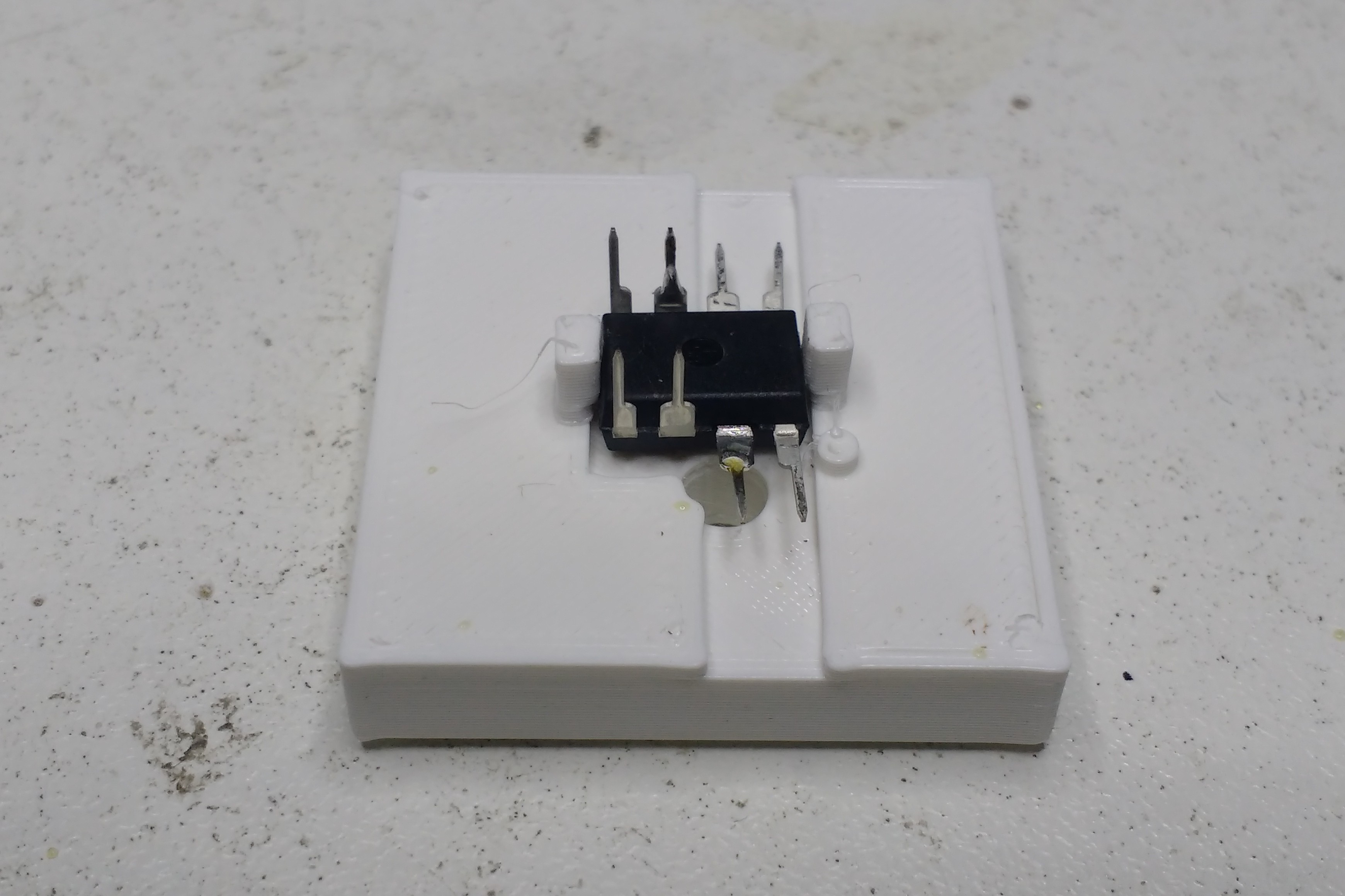

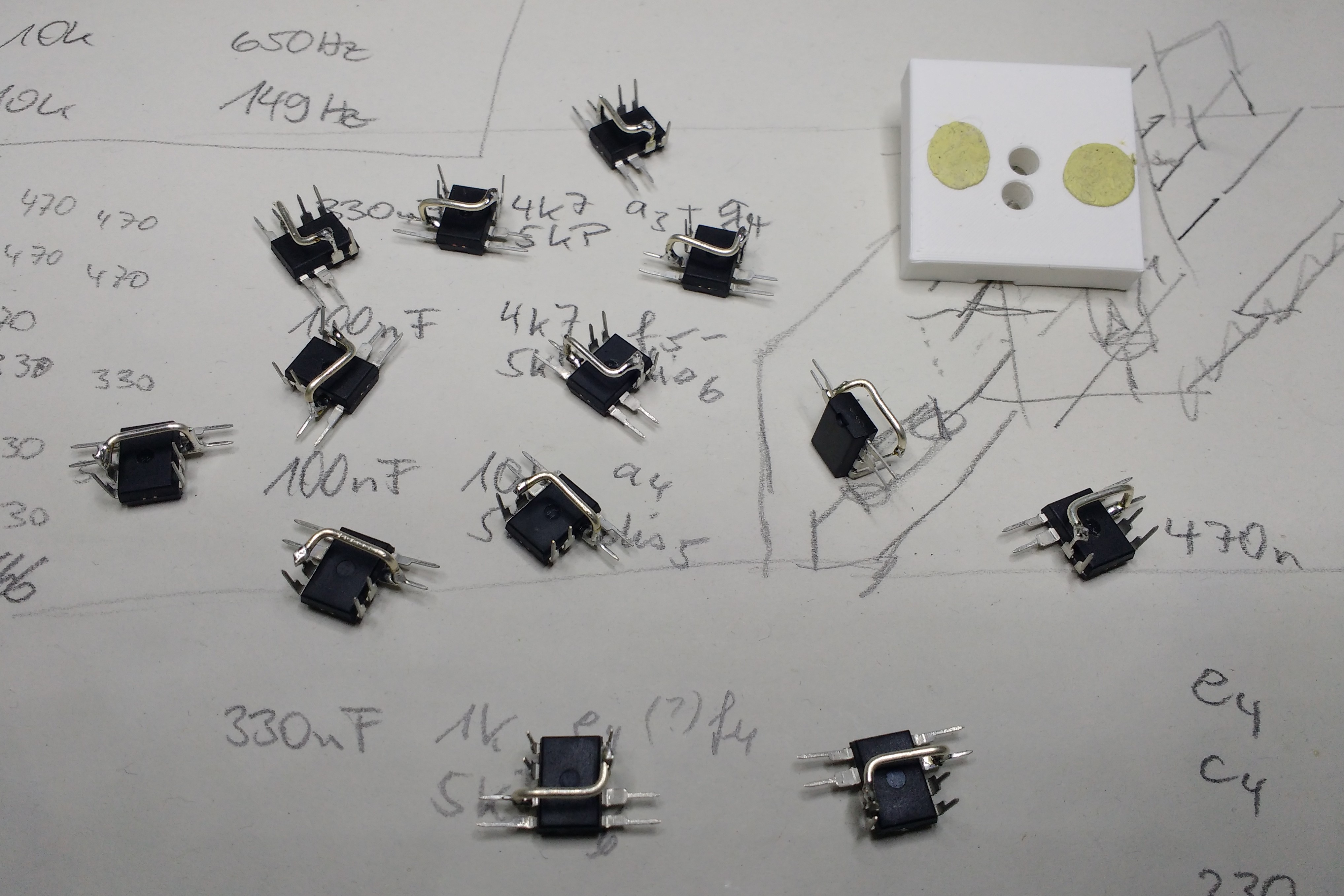
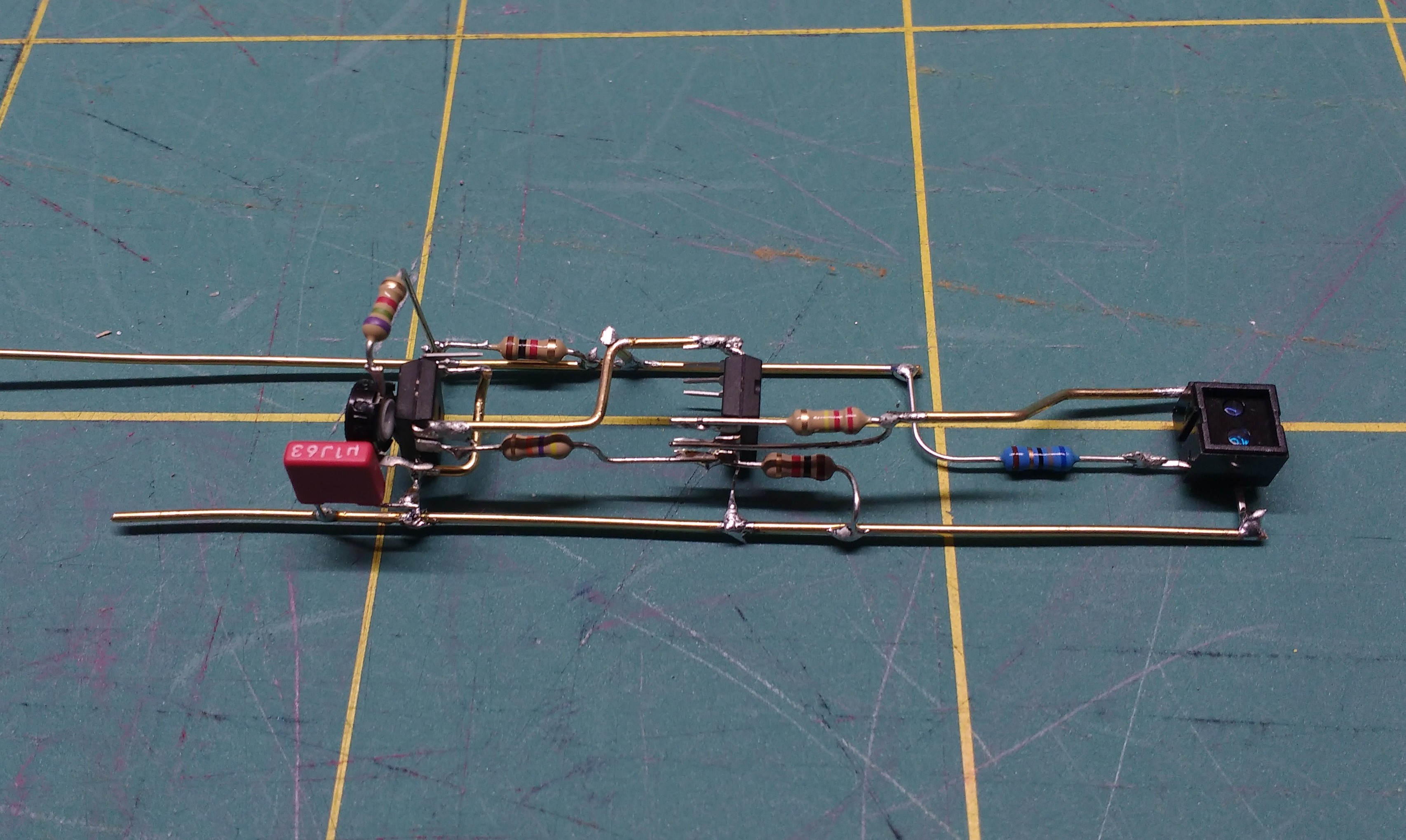



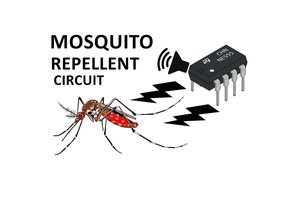
 ElectroBoy
ElectroBoy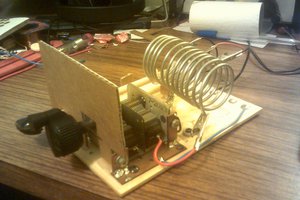
 Dr. Cockroach
Dr. Cockroach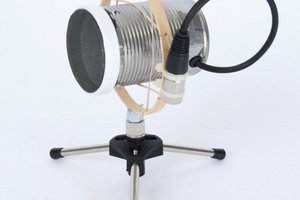
 Zeppelin Design Labs
Zeppelin Design Labs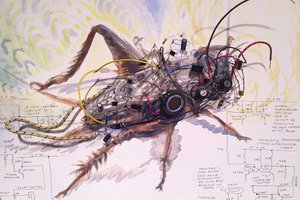
 Kelly Heaton
Kelly Heaton
What a gorgeous build!
A work of true art and beauty.
I salute you.